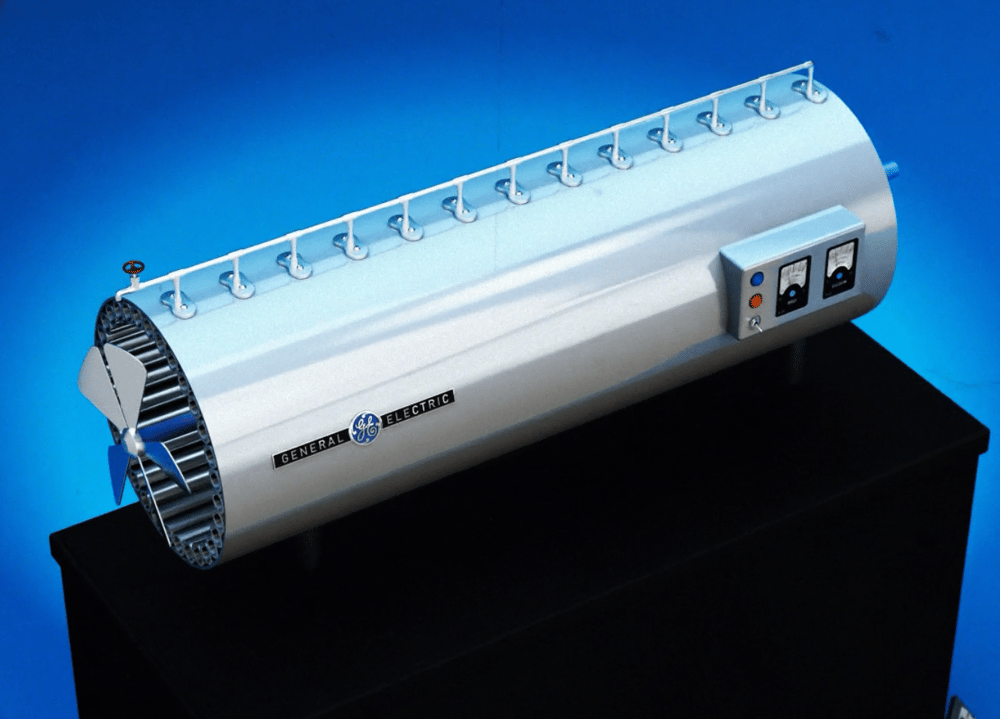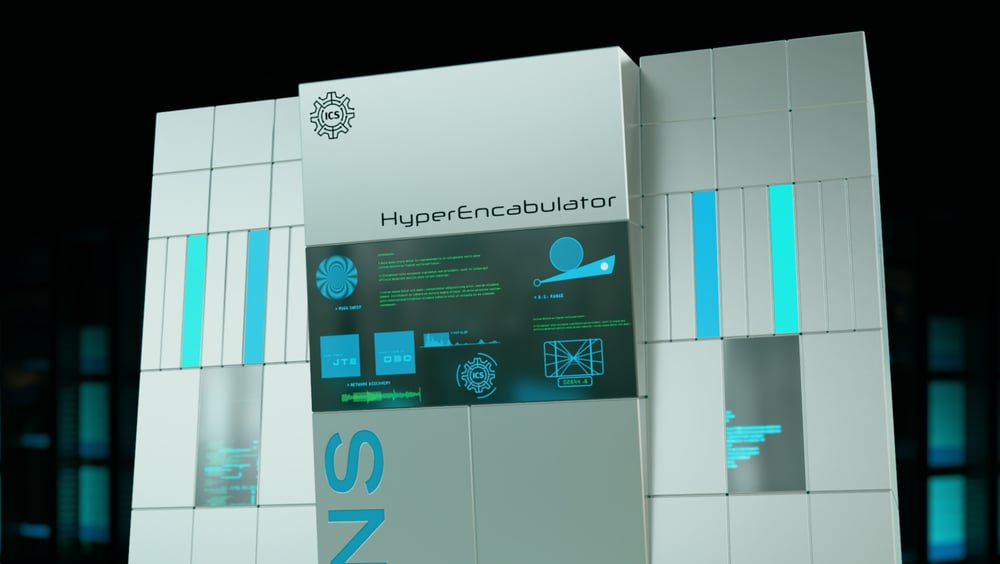It’s not innovation...
it’s encabulation!
“If you push something hard enough, it must fall over.”
— Fudd’s law of opposition
You Are Here
If you are reading this, you have found the gateway to an education of encabulation. If you are not reading this, you have not. We hope you enjoy your edification of encabulation and use that knowledge only for good.

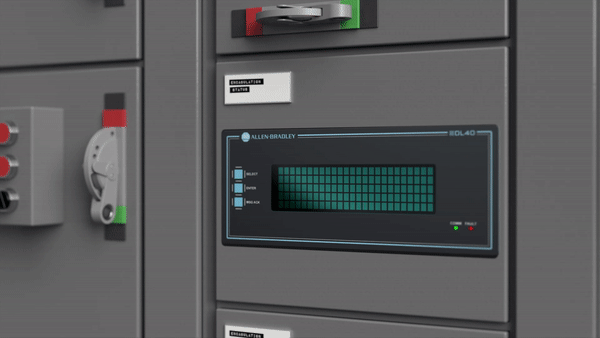
What is Encabulation?
In simplest terms, encabulation is the accrual and re-amalgamation of potential and kinetic energies in such a way as to produce greater energy than was entered into the system. This of course presupposes that energy can be created. To be clear, energy can neither be created nor destroyed, the primary tenet of the first law of thermodynamics. However, it can be accumulated in such a way as to “borrow” energy from one place and have it appear in another, not unlike Quantum Entanglements, which you may now research, only to return here with no greater insight into encabulation than when you started.
Trust Us
When we say that the only way to understand encabulation is to surrender yourself to the possibility that there are things that you will never understand. This is the gateway to understanding. Understand also that there are many types of encabulation, which you will soon discover unless you stop reading.
Please immerse yourself in the history of encabulation, emerging from the experience with a glossy sheen of erudition and the new-found ability to enchant friends, loved ones (and family) with your enhanced, yet limited knowledge of the arcane and chimerical world of... encabulation.


The Origin of Encabulation 1944
The first published iteration of encabulation was the Turboencabulator, posited in the Institution of Electrical Engineers Students’ Quarterly Journal in 1944 by John Hellins Quick, then a graduate student at The City and Guilds (Engineering) College of London. While purely apocryphal at the time, the article shed enough light on the concept of encabulation as to provide sufficient impetus for the scientific community at large to investigate further, ultimately leading to the production of said device by the General Electric company in 1964.
The truth of it is that encabulation existed well before the publication of Mr. Quick’s article, and the history behind it is as abstruse and obscure as The Necronomicon and String Theory . We will endeavor here to keep the facts as simply stated and obscure as possible.
Speech Recording of J. H. Quick at London
However…
Despite the fact that Mr. J.H. Quick published the first known description of the Turboencabulator, his work was actually quite derivative of several predecessor documents, now known as the Encabulator Codex. It is believed he was privy to the Codex owing to his close association with one of his professors, Edward Frank Dalby Witchell, one of the preeminent engineering minds of the time.
Prof. Witchell had compiled earlier research into encabulation and added his own insights into the possibility of harnessing free mortrons within a static cabulation column to produce a substance he termed “Andalite,” which would be capable of transferring electrons “borrowed” from dihydrogen monoxide (DHMO) and then converted into a liqui-solid stream that could be used to power anything from gramophones to locomotives.
The Encabulator Codex is now safely enshrined in the Royal Engineers Museum, a military-centric museum and research facility in Gillingham, UK. Owing to the fact that encabulation was the driving force behind the creation of the Hyrdoencabulator (see below,) the Codex is closely guarded, and researchers are limited to degreed Engineering faculty only.
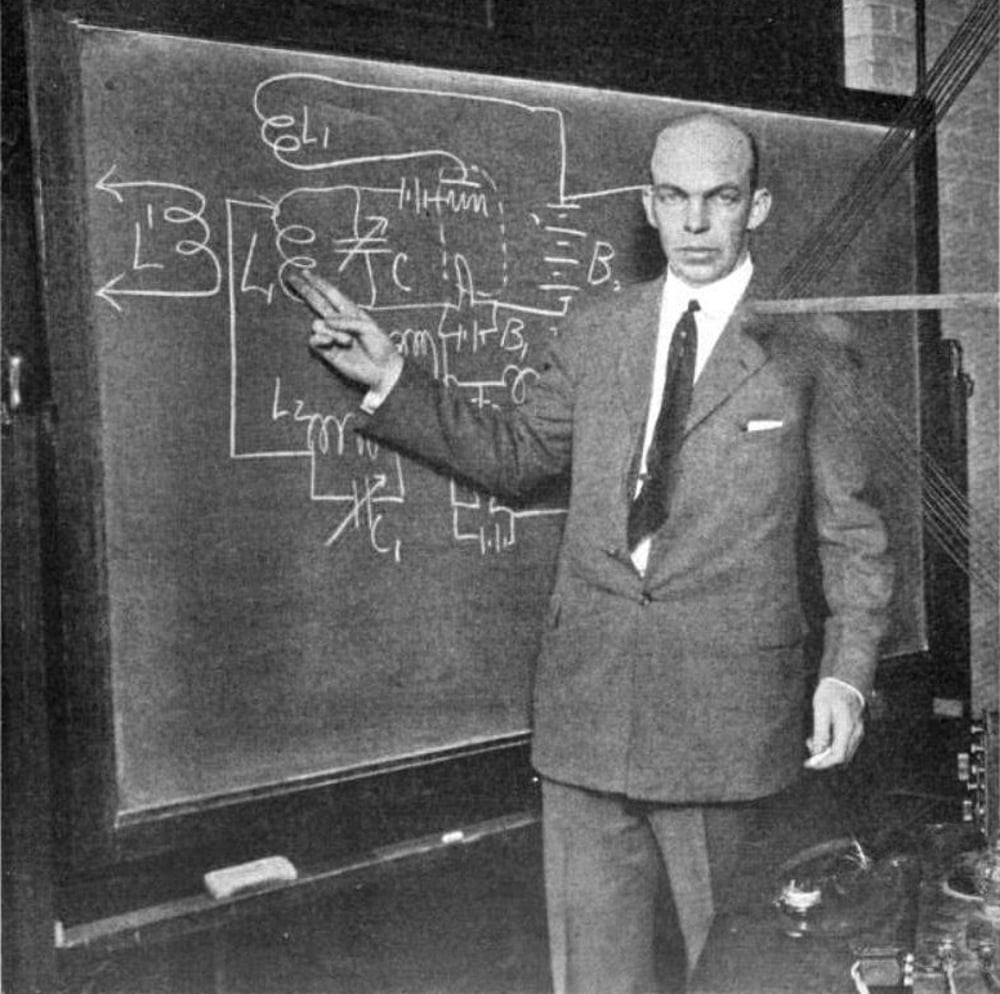

The Hydro-Encabulator, aka "Fatboy Slim"
With World War II in full swing, the American military and its weaponry engineers took a keen interest in Mr. Quick’s article in the Institution of Electrical Engineers Students’ Quarterly Journal. Despite being allies with Great Britain, the U.S. had been clandestinely monitoring the progress of British research in encabulation for some time, and felt the time was right to take advantage of this new technology to hopefully bring about a swift end to the war. British Prime Minister Winston Churchill reluctantly agreed to transfer the technology to “the Yanks.”
Under the supervision of lead scientist J. Roland Oberheimer, development moved swiftly, and American scientists at Mutual Polydynamics (a government contractor,) who had been developing their own as-yet-to-be-successful version of an encabulator, quickly discovered that by coupling a transcendental Hopper Datoscope with a spiral decommutator within the static column, encabulation could easily be used for massive devastation.
Unfortunately, that devastation was inadvertently wreaked on the development scientists themselves, as unalloyed free mortrons escaped the cabulation column in the laboratory, bouncing frenetically with no appropriate vessel to contain the superflux of energy. Sadly, all members of the development team were reduced to puddles of plasma. Work ceased on the project, but not before they had developed the government’s weapon of choice, nicknamed Fat Boy Slim (see inset.)
With hydrogen bomb technology perfected, the U.S. decided to shelve the encabulation program and instead drop H-bombs “Fat Man” and “Little Boy” on Nagasaki and Hiroshima, respectively, effectively ending the war with Japan. Fat Boy Slim had its nangling pins removed and is now stored deep in a salt mine somewhere underneath Lake Erie, where the stability of the NaCl prevents any mortrons from escaping.
The PseudoEncabulator 1956
As its name suggests, the PseudoEncabulator did not actually employ any encabulation in its operation. It was meant purely as a “socializer” of the concept of encabulation in order to ensure a new generation of Americans was comfortable with a technology that had the potential to transubstantiate energy into physical form.
Though marketed as a parlor trick for youth, the PseudoEncabulator was designed to lull sentient Americans into passivity about this emerging technology as a safe and benevolent force that could be harnessed without fear. This false sense of security was ultimately what led to the Luddite-like reaction to the Vinylencabulator by the conservative parents (and grandparents) of its long-haired acolytes.
The PseudoEncabulator is now a much-prized collectible by members of the American Society of Senseless Objects (ASSO).

The GE Turboencabulator 1962
Possibly the most well-known of all the encabulators, the Turboencabulator owes this distinction to the fact that the General Electric Co. inadvertently published the specifications page in their annual product catalog in 1962. This led to the firing of many members of the Research and Development staff who had apparently jumped the proverbial gun in releasing information on a product still in development.
Despite this error by the marketing department, GE went on to produce a functional prototype, with a concomitant internal newsreel release.
CLICK HERE FOR VIDEO
The Vonnegut Brothers and General Electric
It is interesting to note that the iconoclastic author Kurt Vonnegut, Jr. was employed by General Electric in Schenectady, NY from 1947 to 1950, where he was privy to and wrote publicity articles about many of the technological marvels he witnessed there. It is well known that he got the job on the recommendation of his older brother, Bernard Vonnegut, who was an atmospheric scientist employed at GE. The elder Vonnegut supposedly left GE in 1952. However, the historical record has no account of his employment again until he took a job at management consulting firm Arthur D. Little, Inc. in 1967. This gap in the record suggests he may still have been on the payroll at GE, working perhaps clandestinely in GE’s skunkworks, where encabulation was the whispered-about next big breakthrough.
While at GE, Kurt Vonnegut, Jr. witnessed many important scientific breakthroughs, many of which were never made public. In particular, one device was an early iteration of a “static cabulation column” that was in development at the time. It is an obvious precursor to the more advanced version found in the 1962 Turboencabulator.
There is no doubt among historians and researchers that Kurt’s interest in this technology led directly to many of the themes found in his first popular novel, “Player Piano,” which deals with the mechanization and automation of physical tasks, one of the primary objectives of encabulation.
These facts and more are detailed in the book “The Brothers Vonnegut, Science and Fiction in the House of Magic” by Ginger Strand (Farrar, Straus and Giroux, 2015).
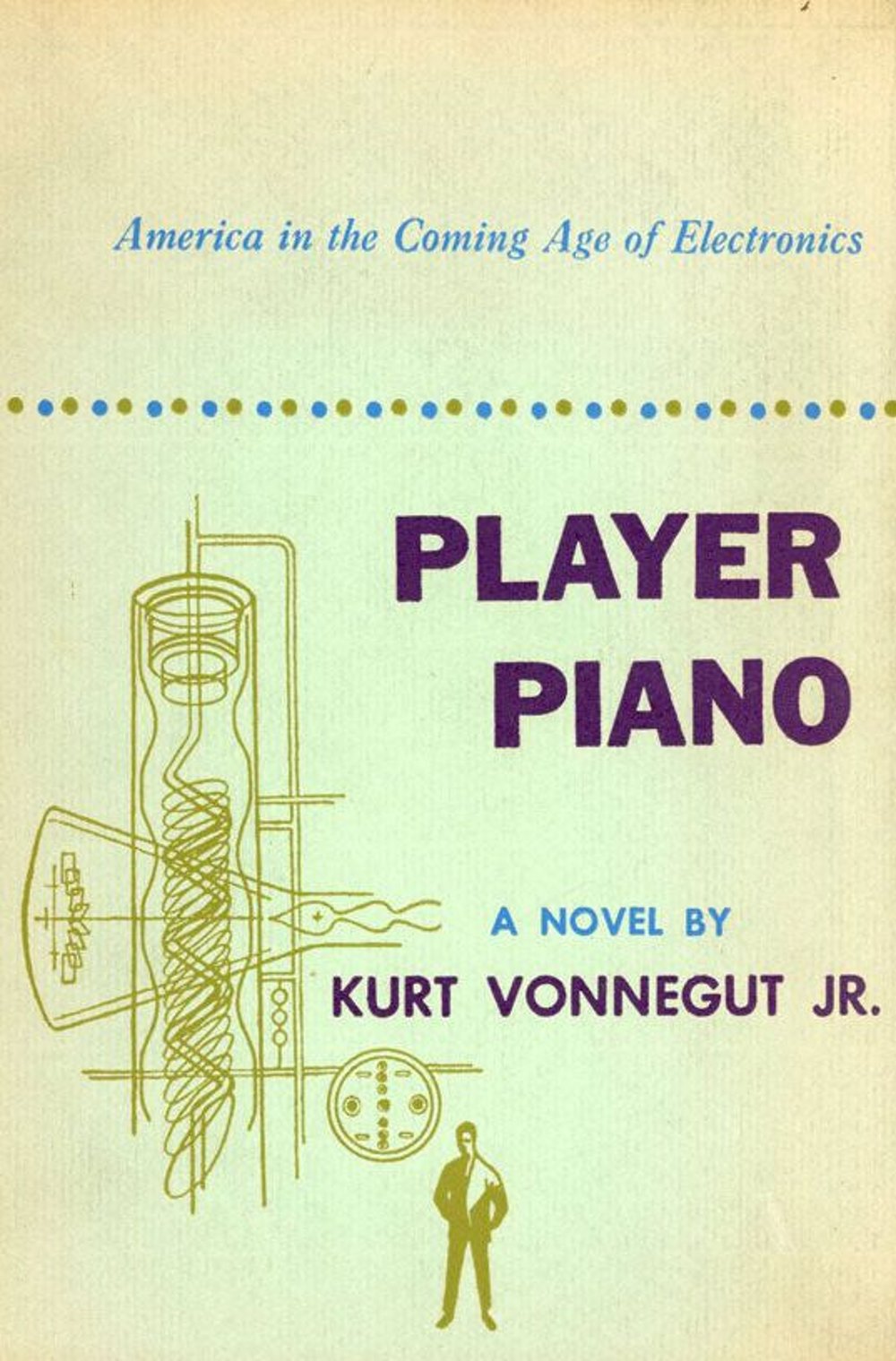

Encabulatorama 1964
Founded in 1955 by the popular opportunist Edward G. Littlecaesar, this annual technology show would go on to inspire many other cognates, including but not limited to Fun-O-Rama, Mold-o-Rama, Futurama, Autorama, and Cinerama.
In 1964 Littlecaesar broke ground on the historic Encabulatorama Showplace which was based on Buckminster Fuller's concept of a geodesic dome, offering exceptional weight-to-strength ratio as well as rapid construction.
Tragically, Littlecaesar met an untimely death at the hand of his own creation. During the grand opening of the Encabuatorama Showplace, a deliveryman with a handtruck of Clowne Tub Red Creme Cola became confused at the lack of corners in the building, and careened directly into the back of Mr. Littlecaear, catapulting him directly into the path of a passing fork truck, impaling him in the chest.
"Beach Blanket Encabulator" 1966
This 1966 film was a hastily made derivative of “Beach Blanket Bingo,” starring Frankie Avalon and Annette Funicello in a nearly plotless film featuring surfing, skydiving and a mermaid who temporarily gets legs. Beach Blanket Encabulator was not much better, cast with Hollywood B-listers Natalie Plank and Rock Packard, though aging star Buster Mitchum (in a role for which he is ridiculously too old) makes an appearance as wacky inventor “Rico Enfermi.”
Though marketed as a love story between Brad (Rock Packard,) and Sandy (Natalie Plank,) the plot instead follows the exploits of Rex (Buster Mitchum), the determined inventor with a secret agenda; to perfect his new invention, the “Beach Encabulator,” an outlandish gadget which he promises will “...revolutionize beach life, with the power to turn sand into ice cream and sunscreen into tanning oil with just the flip of a switch!”
Chaotic mishaps ensue, which I’m sure the producers intended to be humorous. Sunbathers find themselves inexplicably covered in whipped cream instead of sunscreen, and beach volleyball tournaments turn into ice cream wrestling matches.
It is obvious that the drug-addled writers of this piece of cinematic waste had no real idea of how encabulation works, nor did they care to do even the slightest bit of research, doing great harm to the reputation of encabulation in the process.

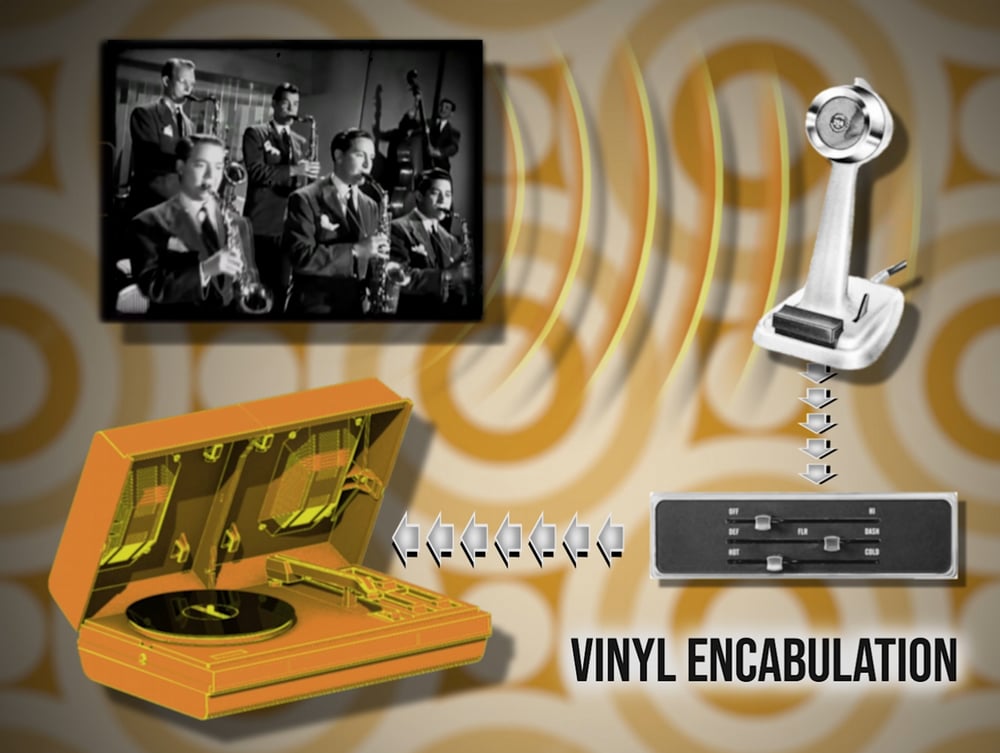
The Vinylencabulator 1967
Once seen as a worthless endeavor upon which to apply the wonders of encabulation, the Vinylencabulator was actually the first publicly sold device to actually employ true encabulation, owing to the application of a magneto-reluctance fluxmuster within its prefabulated amulite casing. Using the principles of “borrowing” energy from one place to be used in another, it enabled the nascent quadrophonic technology to emerge as an audiophile’s dream by “borrowing” additional sound outputs either from the opposite side of magnetic particles in reel-to-reel recordings, or by transmuting the valleys of vinyl grooves in vinyl LP discs into usable sound waves. This of course required 90° phase-shift circuitry to enable the enhanced 4–2–4 matrix-decoded systems, which encabulation happened to excel at.
As a result of this technology, in 1967 the progressive English rock group Pink Floyd debuted a custom-made quadraphonic speaker system and performed the first-ever surround-sound rock concert, named "Games for May" held at London's Queen Elizabeth Hall. An encabulation control device they had made, the “Azimuth Co-ordinator” used dual joysticks, which allowed the musicians to place sounds in any speaker and move them around the listening area. It is now displayed at London's Victoria and Albert Museum, as part of their Theatre Collections gallery.
(Note: Not currently on display as of 12-20-23.)
Quadrophonic technology was ultimately a commercial failure, owing to the expense of producing 4-channel recordings as well as the playback equipment itself. Many Vinylencabulators ended up in ashcans, their owners none the wiser that the magneto-reluctance Fluxmuster™ within would someday be a highly sought-after component by amateur encabulation hobbyists. Today, a Vinylencabulator Fluxmuster™ sells for approximately €20,000.
General Motors and Encabulation 1977
The name “Turboencabulator” was used in a General Motors training film in 1977. The actual purpose of the film was to provide repair information for their Turbo-Hydramatic transmission, which was already in production. In actuality, this was the first modern spoof on J.H. Quick’s text, appropriated by Detroit on-camera talent Bud Haggert, who truncated the original text for an “outtake” to be used as an inside joke for technicians who would be viewing the training video.
Although intended as a jape, it brought closer scrutiny to the concept of encabulation, and the scientific community behind its progress went eerily silent for a decade.


The Retroencabulator 1987
By the late 80’s, encabulation technology was still not well known by the American public, and certainly not well understood by those who were aware of it. In an attempt to bring this information to the forefront of the engineering community as well as the Sales Engineers within its ranks, Rockwell Automation, which had recently purchased the Allen-Bradley Co., produced a sales support video featuring essentially the same presentation script as the 1977 GM Turboencabulator Transmission spoof. The main difference being (though it appeared to be a classic example of leveraging existing assets) that the Rockwell version actually had employed a rather robust example of encabulation in action.
In fact, in its purchase of the Allen-Bradley Co., Rockwell had stumbled upon the fact that the A-B engineers had reached a very high level of technical development, and had been using it somewhat successfully in the operation of nofer trunnions, and they had actually succeeded in creating a device known as the Pyramid Integrator, based largely on the principles of encabulation.
The Pyramid Integrator (PLC-5/250) was the most sophisticated processor A-B had produced to date, capable of allowing multiple (up to 4) CPUs in a PI chassis. The PLC-5/250 processor stored and executed compiled instruction code, which executed faster than interpreted code. Herein lies the quiet secret of encabulation; creating output energy greater than the input without synergistic phenomena involved.
Despite the tremendous success of the Pyramid Integrator, the senior engineering staff at Rockwell Automation realized that they could not let their competition discover their encabulation secret, and they tucked the sales support video at the end of their December release to their distribution network, and “Retroencabulation” was simply laughed off as an inside joke.
The HyperEncabulator 2022
After lying dormant for many years, encabulation was once again thrust into the limelight by SANS Institute for Industrial Control Systems, a cybersecurity training organization dedicated to educating cybersecurity personnel to prevent cyberattacks, particularly in critical infrastructure applications.
SANS was able to track down the presenter of the Retroencabulator, Mike Kraft, an on-camera talent who specialized in industrial training films, to present their newest and most advanced application of encabulation. Offering up a brief history of encabulation, this video went on to present an iteration of encabulation previously undreamed of; one which could go beyond the transmogrification of power from one place to another, but could also be capable of enabling cybersecurity professionals to mitigate asymmetric Fork Bombs with an exponential backoff algorithm.
The SANS ICS HyperEncabulator video brought emerging technologies to the cybersecurity field, necessitating new coursework for their students and increased profitability for SANS.
